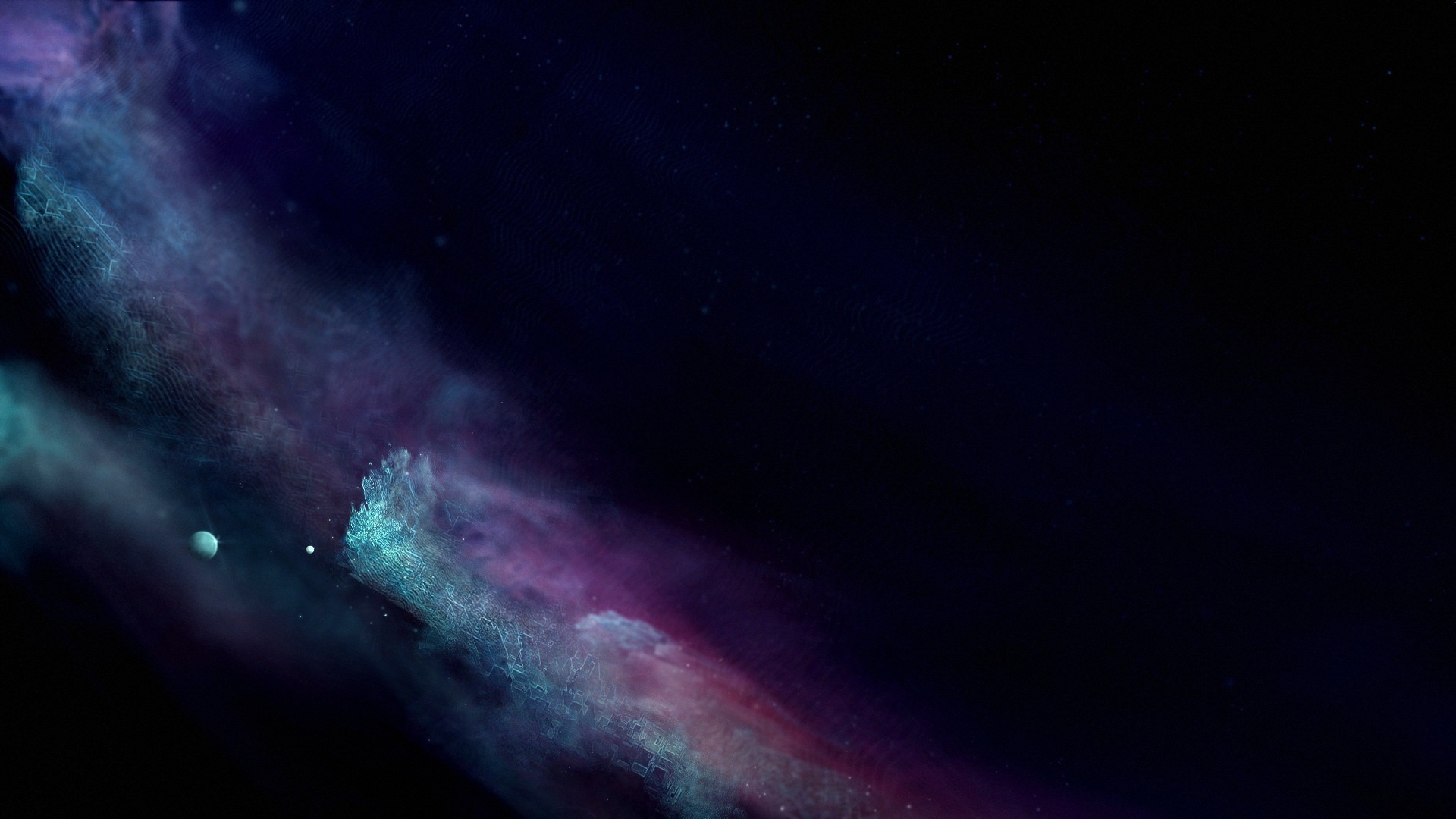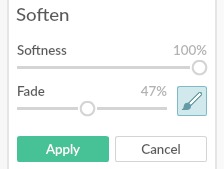

They provide no information about the contents of your picture. It should be descriptive and reflect the contents of your image.įor example, if you have a photo of a dog, you should pick something like “dog.jpg” or “dog-1.jpg.”īy using a descriptive file name, you’re making it easier for search engines to understand what your image is about.Īvoid using generic file names like “IMG0001.jpg” or “image1.jpg”. These are a few simple steps you can follow to ensure that your images are optimized for search engines.īy following these points, you can help improve your content ranking and visibility in search results: Now that you know the importance of image SEO, let’s take a look at the practical advice to optimize any media on your website. To ensure loading speed, you need to make sure they are in the right size and format.Īlso, you should choose a fast and reliable hosting service. If they take too long to display, it will impact your website’s ranking. The final thing you need to consider is loading time. If you find that your media is being used by someone else, you can reach out to them and ask them to remove it (or give proper credit). This tool will help you find instances of your image on the internet. To ensure that your photos are unique, you can use Google’s reverse image search tool. They should not be duplicates of other pictures that already exist on the internet. UniquenessĪnother important factor to consider is uniqueness. So, when choosing the right media for your content, make sure they are relevant and placed in the right location. Not only would this be irrelevant, but it would also be confusing for your readers. They should also be placed in the right location.įor example, if you’re writing a blog post about dogs, you wouldn’t want to place a picture of a koala in the middle of your content. Your images need to be relevant to the topic of your content. The next thing you need to consider is context. To do this, you need to provide alternative text, which should describe the image and its contents.īy writing it, you’re making it possible for everyone to understand what is on your website.

Your images need to be accessible to everyone, including those who are visually impaired or using screen readers. To find the perfect balance, you need to consider the file size, dimensions, and format.Īnother important factor to consider is accessibility. On the other hand, if they are too small, they may not be clear or visible on all devices. If they are too large, they will take longer to load, which can impact your website’s ranking. It’s also important to make sure that they are the right size. This will help ensure that your images are clear and easy to see. The first thing you need to consider is the quality and resolution. These factors are impacting your site rankings:

Now, let’s take a look at the pillars of image SEO. This, in turn, can improve dwell time and reduce bounce rate, both of them important Google ranking factors. Not only that, but image SEO can also help improve the user experience on your pages.īy providing relevant and engaging images, you can keep visitors engaged with your content. If your images are not optimized for search engines, you’re missing out on a lot of opportunities to bring traffic to your website and increase your rankings. In 2019, one billion people used Google Lens for visual searches.Ĭonsidering these statistics, numbers are only going to increase. In 2018, Google Images was responsible for 22.6% of all web searches. Mobile searches for “image search” have grown by over 60% in the past two years. By offering alternative text for your images, you can tell these users what your website is about. Image SEO helps improve accessibility for those who are visually impaired and are using screen readers. It also helps increase user experience by providing relevant media within your content. With this strategy, you’re making it easier for search engines to find and index your images, which can help lead to more traffic to your website. It can be done by tweaking the file name, alt text, title tag, and other elements. Image SEO is the process of optimizing your images to increase rankings and visibility in SERPs.



 0 kommentar(er)
0 kommentar(er)
